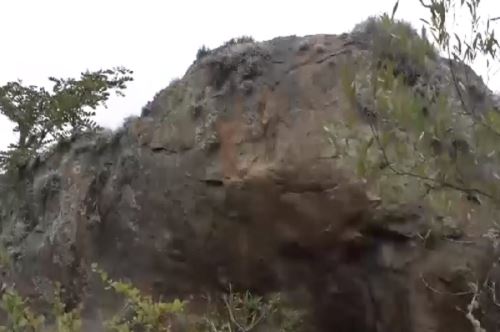Archaeologists from the
Decentralized Culture Directorate in Cusco (DDC Cusco) have discovered samples of cave art in a sector of the Qhapaq Ñan or Great Inca Trail that crosses the
Archaeological Park of Machu Picchu in Peru.
This information was provided by Francisco Huarcaya, the person responsible for the sector of the Inca Trail that crosses the aforementioned park.
Huarcaya reported that said discovery occurred in early September this year at the 87th kilometer of the railway that leads to the Inca citadel, on the left side of the Vilcanota River.

Said samples consist of a set of images painted on different parts of a huge rock and represent figures of camelids and the sun —the most important deity for the Inca civilization.
Abstract graphics and other graphics with geometric shapes have been identified as well.
"There are other images that cannot be identified due to geological problems and rock wear caused by long exposure to sun, wind, rain, and water filtration," he noted.
The archaeologist explained that this cave art was associated with a funerary context and the cult of the apus (guardian deities in the form of mountains), such as the Huacayhuilca and Casamentuyoc mountains, as well as the Huilcamayo River —considered sacred and located near the area.
In addition to said evidence of cave art, archaeologists found human bones of a skull and a femur, which were exposed to the surface and partially covered by brush.
(END) LZD/MAO/RMB/MVB
Published: 9/15/2022